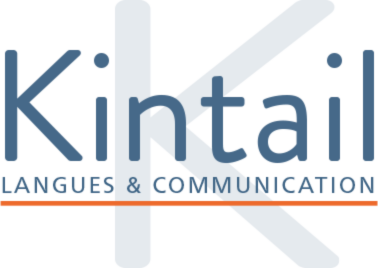🎯 Learning Objectives
By the end of this lesson, students will be able to:
- Distinguish between direct questions and polite indirect questions
- Use phrases like 'Could you tell me...' and 'Do you know...' to form polite questions
- Recognize the correct word order (subject + verb) in indirect questions
- Demonstrate politeness when asking for information in business situations
📚 Grammar Explanation
In business, it is important to be polite. We often change direct questions into indirect questions to sound more professional and less demanding.
Form/Structure:
We start with a polite phrase and then add the question. The word order in the second part changes to a normal statement (Subject + Verb).
| Type | Direct Question | Indirect Question |
|---|---|---|
| Question Word | Where is the office? | Could you tell me where the office is? |
| Yes/No Question | Is the report ready? | Do you know if the report is ready? |
Usage Rules:
- Use indirect questions when speaking to a manager, a client, or a colleague you don't know well
- They are common in emails and formal meetings
- Use them to ask for information, help, or clarification
Polite Phrases:
💼 Professional Contexts
🎧 Listening Exercise
Listening Questions
🧠 Interactive Quiz
✅ Exercise A: True/False Grammar Check
🔄 Exercise B: Transformation Exercise
💬 Exercise C: Complete the Dialogue
You: Hi Alex, I'm [Your Name]. It's a great event. I'm a bit lost, though. [Where is the main conference room?]
You: Thanks! [Is the next speaker starting soon?]
You: Oh, that's interesting. [What is your main project right now?]
🗣️ Speaking Practice - Preparation for Class
These tasks are for practice with your teacher. Prepare this topic for your next class.
Instructions: You need some basic information. Ask your teacher these three questions using the phrase "Could you tell me...".
- ...what time it is?
- ...where the nearest coffee shop is?
- ...what the WiFi password is?
Preparation Tip: Remember to change the word order. For example, "Could you tell me what time it is?"
📝 Prepare this topic for your next class
Instructions: Imagine it is your first day at a new company. Your teacher is your new manager. Ask them questions to get the information you need. Use a different polite phrase for each question.
Ask about:
- The time for the daily team meeting
- Who to ask for IT support
- If you can leave early on Friday
Example phrase: "I was wondering what time the daily team meeting is."
📝 Prepare this topic for your next class
Instructions: You need to schedule an important meeting with a new client next week. Your teacher will play the role of the client's assistant. Call the assistant to find a good time.
Your goals:
- Introduce yourself and your company
- Explain you need to schedule a 30-minute meeting with the client
- Use indirect questions to ask about the client's availability
- Confirm the final time and date
Preparation Tip: Think about the questions you need to ask before you start. "Could you tell me...", "Do you know if...", "I'd like to know when..."
📝 Prepare this topic for your next class
Ready for Class - Teacher Notes
Lesson Summary
This lesson focuses on the transformation from direct to indirect questions in professional contexts. Students learn the structural changes (statement word order) and polite phrases necessary for business communication. The lesson emphasizes the social function of politeness in workplace interactions.
Key Challenges for Students
- Word Order: Students often maintain question word order in the second clause
- If/Whether: Forgetting to add "if" or "whether" in Yes/No indirect questions
- Auxiliary Verbs: Using do/does/did in indirect questions when they shouldn't
- Register: Understanding when formal politeness is appropriate vs. casual contexts
Speaking Practice Guidance
Task 1: Focus on mechanical accuracy. Ensure students use correct word order. Provide gentle correction if they use direct question order.
Task 2: Encourage variety in polite phrases. Respond as a helpful manager to make it realistic. Note which phrases students prefer and expand their repertoire.
Task 3: Play a busy but helpful assistant. Offer one or two time slots. Let the student lead the conversation and provide feedback on politeness and grammar at the end.
Common Student Errors to Watch For
- "Could you tell me where is the office?" (incorrect word order)
- "Do you know what time does the meeting start?" (unnecessary auxiliary verb)
- "I was wondering are you free." (missing 'if')
- Overusing one polite phrase instead of varying expressions
Additional Teaching Tips
- Use the audio dialogue as a model - students can practice the roles
- Emphasize the social benefit: indirect questions sound more professional and respectful
- Connect to students' real workplace experiences - when do they need to ask for information politely?
- Practice with real business scenarios from their work contexts
